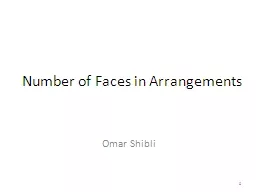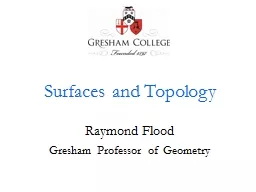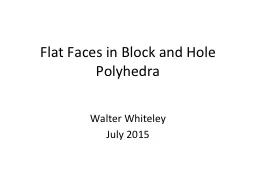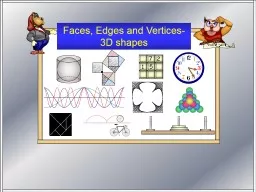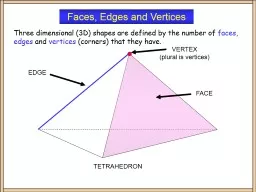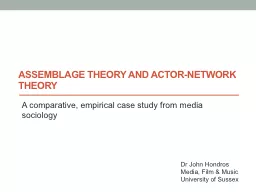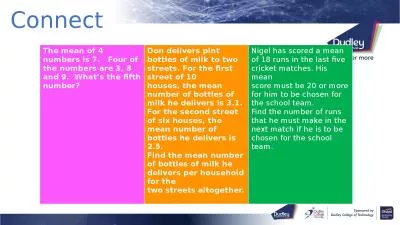PPT-Number of Faces in Arrangements
Author : danika-pritchard | Published Date : 2016-05-08
Omar Shibli 0 Contents Arrangements of Hyperplanes Arrangements of Other Geometric Objects Number of Vertices of Level at Most k The Zone Theorem The Cutting Lemma
Presentation Embed Code
Download Presentation
Download Presentation The PPT/PDF document "Number of Faces in Arrangements" is the property of its rightful owner. Permission is granted to download and print the materials on this website for personal, non-commercial use only, and to display it on your personal computer provided you do not modify the materials and that you retain all copyright notices contained in the materials. By downloading content from our website, you accept the terms of this agreement.
Number of Faces in Arrangements: Transcript
Download Rules Of Document
"Number of Faces in Arrangements"The content belongs to its owner. You may download and print it for personal use, without modification, and keep all copyright notices. By downloading, you agree to these terms.
Related Documents

